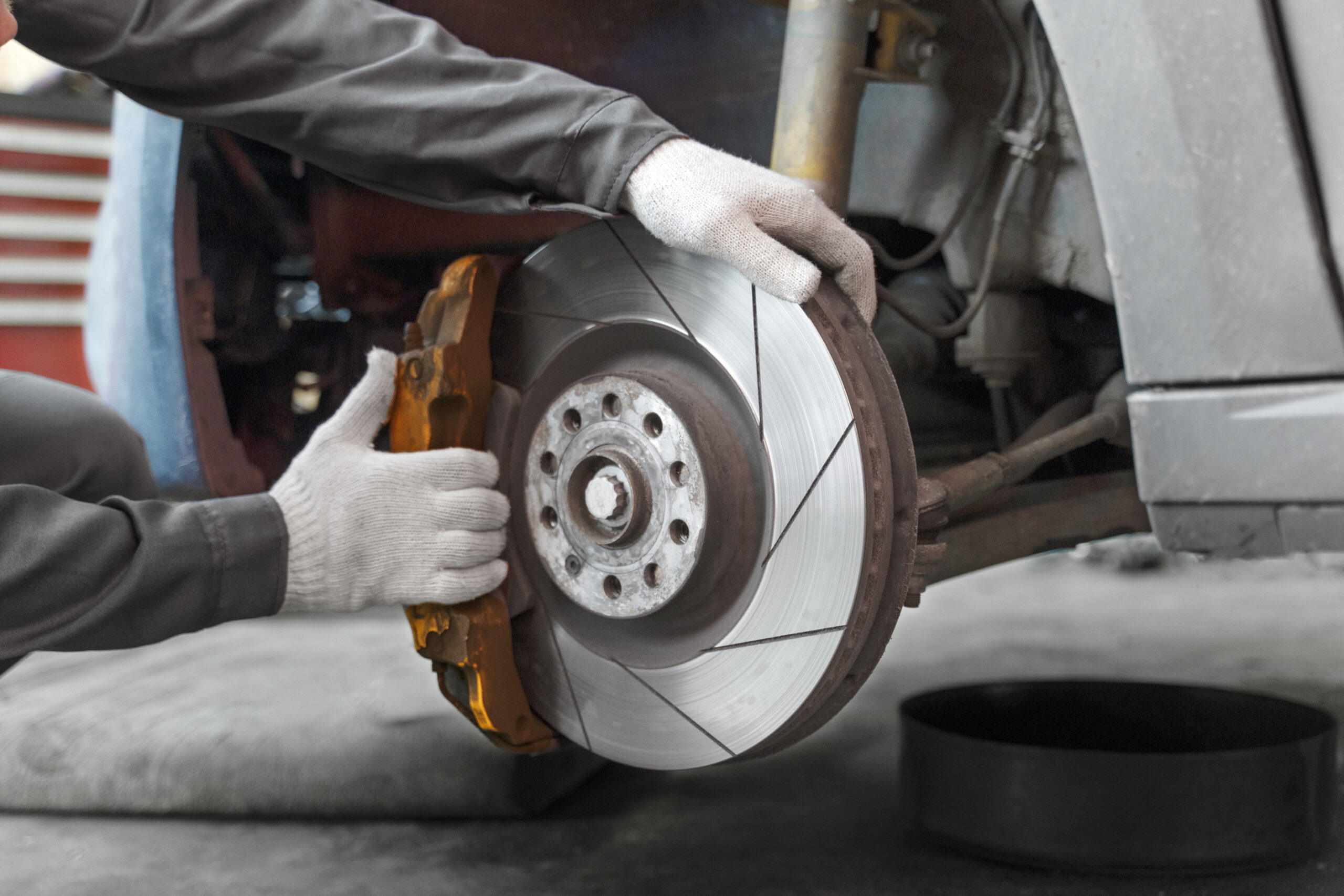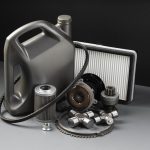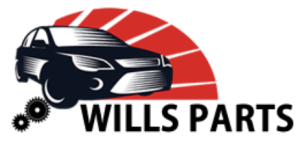Navigating Common Brake Problems

Brakes are crucial for ensuring a smooth and secure driving experience. However, just like any other car component, they can encounter issues over time. Understanding common brake problems and knowing how to troubleshoot them is essential knowledge for every car owner. Here, we’ll delve into the most common brake problems and provide practical troubleshooting tips to keep you safe on the road.
Common Brake Problems
-
Spongy Brakes:
-
-
- Symptoms: Pressing the brake pedal feels soft or spongy, requiring more effort to stop the vehicle.
-
-
Possible Causes:
-
-
-
- Air in the brake lines
- Brake fluid leak
- Worn brake pads or rotors
-
-
-
Troubleshooting Tips:
-
-
-
- Bleed the brake system to remove air bubbles.
- Check for leaks in the brake lines and repair or replace damaged components.
- Inspect brake pads and rotors for wear and replace if necessary.
-
-
-
Grinding Noise:
-
-
- Symptoms: A harsh grinding or scraping noise when applying the brakes, often indicating metal-to-metal contact.
-
-
Possible Causes:
-
-
-
- Worn brake pads
- Worn brake rotors
- Foreign objects lodged between the brake pads and rotor
-
-
-
Troubleshooting Tips:
-
-
-
- Replace worn brake pads immediately to prevent damage to the rotors.
- Inspect the brake rotors for uneven wear and replace them if necessary.
- Remove any debris or foreign objects stuck between the brake pads and rotor.
-
-
-
Brake Fade:
-
-
- Symptoms: Reduced braking performance or longer stopping distances, particularly noticeable after prolonged or aggressive braking.
-
-
Possible Causes:
-
-
-
- Overheated brake pads or rotors
- Brake fluid contamination or deterioration
- Worn brake components
-
-
-
Troubleshooting Tips:
-
-
-
- Allow the brakes to cool down if overheated, and avoid aggressive braking.
- Check the brake fluid level and quality, and replace it if contaminated.
- Inspect brake pads, rotors, and calipers for wear and replace as needed.
-
-
-
Pulling to One Side:
-
-
- Symptoms: The vehicle pulls to one side when applying the brakes, indicating uneven braking force.
-
-
Possible Causes:
-
-
-
- Uneven brake pad wear
- Caliper sticking or malfunctioning
- Brake hose or line restriction
-
-
-
Troubleshooting Tips:
-
-
-
- Inspect brake pads for uneven wear and replace them if necessary.
- Check calipers for sticking or binding, and lubricate or replace them as needed.
- Inspect brake hoses and lines for damage or restriction, and replace them if necessary.
-
-
-
ABS Light:
-
-
- Symptoms: The Anti-lock Braking System (ABS) warning light illuminates on the dashboard.
-
-
Possible Causes:
-
-
-
- ABS sensor malfunction
- Faulty ABS module
- Wiring or electrical issues
-
-
-
Troubleshooting Tips:
-
-
- Use a diagnostic tool to retrieve error codes from the ABS.
- Inspect ABS sensors for damage or debris and clean or replace them as necessary.
- Check wiring connections and repair any damaged or loose connections.
-
Maintaining a well-functioning braking system is vital for road safety. By familiarizing yourself with common brake problems and their troubleshooting techniques, you can address issues promptly and ensure a smooth driving experience. Remember, regular inspections and preventive maintenance are key to preserving the performance and reliability of your vehicle’s brakes.







